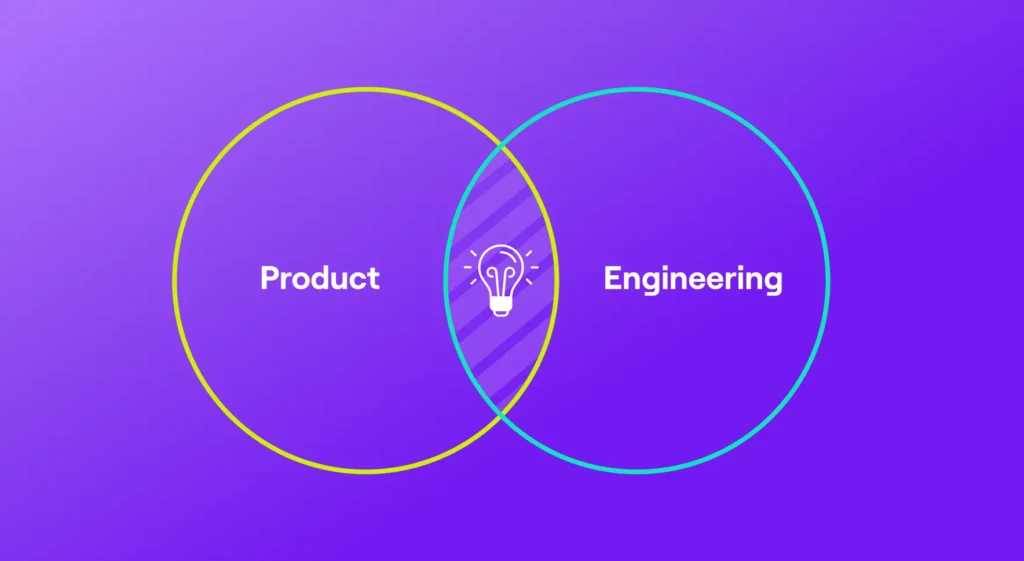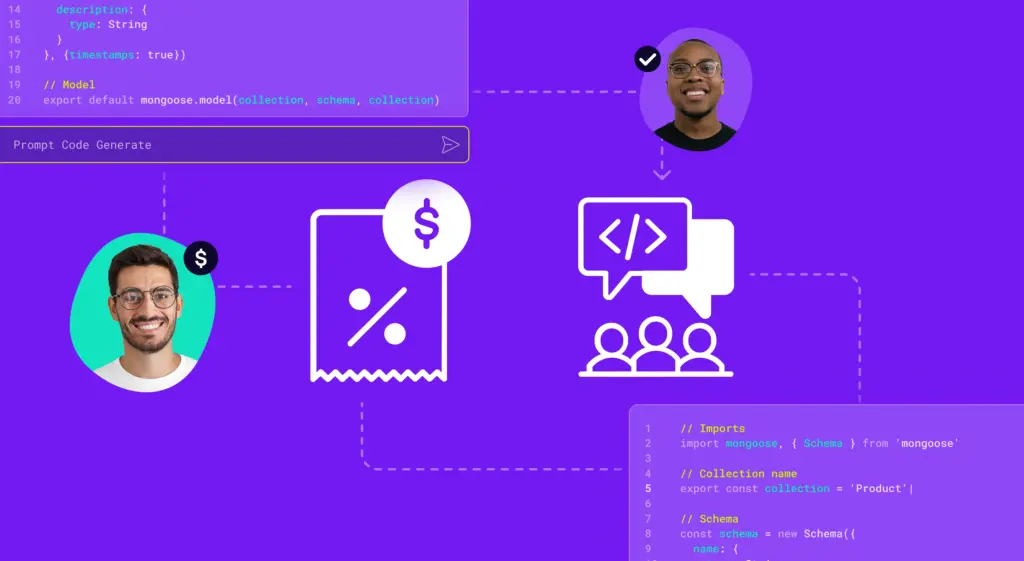2020 is almost over – finally! – and it’s time to start thinking about 2021. Many companies have already begun the process of building next year’s budget. If you are an engineering leader, here’s what you should be thinking about.
What is Budget Planning?
Admittedly the title is pretty self-explanatory, and most of you are already familiar with the process. But since every company I’ve been part of has had its own process and related colloquial names for the different pieces, let’s be clear. We’re talking about putting together the company’s business and financial plan (aka “operating plan”) for the coming year. How much money do we expect to make and spend, based on fairly detailed assumptions across all departments about how that will happen. How many customers will we have and how much will they spend? How will sales and marketing and maybe even the product itself bring in those customers? How will engineering and the rest of the company do their part to facilitate and support this?
For the purposes of this discussion, it’s also worth saying “What it’s not,” by distinguishing Budget Planning from two other exercises that are likely coming up as you prepare for 2021:
- Roadmap Planning (aka “product planning”), where we make decisions and set goals for what the engineering team is actually building over the coming quarters. Sometimes this is an important input into the operating plan: if the business already knows what it needs from the engineering team, the engineering team in turn needs to tell the business what resources are required in order to deliver. Other times, this can be an output: given a proposed budget, the product and engineering team can let the rest of the business know what to expect from them.
- Employee Reviews, where promotions and compensation changes are determined. This is usually not directly tied to the budget planning process, but it does affect the budget in obvious (how much will it cost to retain the team that we already have?) and less-obvious (do we have the right mix of both management and individual skills necessary to accomplish our goals?) ways. If you need to make significant promotions or comp adjustments within your team, you should earmark some money for this in the Plan.
And for all of us who’ve been through this before, this is usually an interactive process. Some amount of roadmap or product strategy is always informing or adjusting the engineering budget, but this is often a moving target. Similarly, sales and marketing and every other function are evolving their plans and adjusting their assumptions as budgets come together. Finance will pressure-test the plans and ask everyone how they can do more with less; top executives and board members will ask what is preventing you from accomplishing 2x or 5x or 10x more.
Eventually, the Plan is ratified and used to guide your hiring plans and goals for the next 6-12 months.
What Do I Need to Prepare?
Whether you’re the executive that’s responsible for the entire engineering budget, or one of the leaders contributing a specific piece, here are a few things you should do to get ready:
1. Review the data + make some rough estimates re: go-forward assumptions
- People – who do I have, who else do I think need?
- Projects – what are we working on, what have we already committed to or otherwise expect to be working on (especially if it’s not currently funded)?
- Costs – assuming you own the budget – how much are we spending and will we need to spend? Even though people are likely the majority of your costs, be sure to include the rest of it – recruiting costs, cloud computing, dev tools and technology.
2. Be prepared for a negotiation
- Why can’t the existing team do more?
- Can we augment the team with less expensive offshore resources?
- “We can only afford 80% of what you’re recommending. What do we have to cut from next year’s product plan?”
Common Mistakes that Technical Leaders Make, and How to Avoid Them
Budget planning can be stressful and frustrating for everyone involved, but arguably engineering leaders are often hit hardest. Didn’t we already agree years ago that the only practical way to make engineering plans is one small iteration at a time!? You probably won’t do any of these things, but let’s agree that we’ve both at least seen “a friend” struggle with one or more of the following:
Mistake #1: Dislike or disregard for the process. In spite of the above, you need to embrace this. Recognize that however imperfect budgeting may be, your company and your team are counting on your guidance here.
Mistake #2: Forgetting about fixed costs. How much of your overall bandwidth is currently spent on sustaining engineering and customer support? How is that trending? For most mature software organizations, this accounts for more than half of the team. If the budget discussions are only focused on new product development, you’ll be missing the big picture.
Related PSA: it’s really valuable to have an accurate read on these costs, because collective intuition here is so often wrong. Without data you can trust, many arguments will be had, and some lost, over what is true and possible here. You can collect the data over time by having your team follow a diligent process throughout the year, or by making a herculean effort to produce it as a one-off in advance of planning. Or you can employ an Engineering Management Platform which is purpose-built to automatically produce this and other data essential for planning and ongoing management.
Mistake #3: Ignoring history. Either you or your predecessor went through this process last year. Yet there’s a good chance that your company is no longer talking about the details that went into that plan. Regardless, it’s worth an explicit review. It goes a long way to be able to say “remember when we said this, but ended up doing that?” and then explain how that won’t be repeated.
Mistake #4: Misunderstanding hiring + onboarding costs and new hire ramp time. If your organization is like most, hiring typically ebbs and flows, especially with respect to different managers and teams. Adding new team members can be a full-time job unto itself, and new hires will require some number of months before they can fully contribute. Make sure you and your hiring managers have data and can make informed assumptions about how this will affect your plans. Benchmarking productivity metrics by role and tenure can help you estimate whether new hires are fully ramped, and how long you should typically expect that to take.
Mistake #5: Being dismissive of estimates. Engineering work is unpredictable, engineers hate trying to guess – so just make some guesses and move on, right? That’s tempting, but the reality is that you’ll be better prepared if you review your team’s recent historical data so that you can discuss the proposed work in the context of shared history. You’ll also benefit from listening to the input and reactions from key people on your team who both were part of that shared history, and will be instrumental in getting the new work done. Also my co-founder Andrew insisted that I mention that refusing to estimate is not an option. He and I have both lived through cases where finance put an engineering capacity plan together, because engineering would not.
Mistake #6: Making it all about the estimates. Many arguments are had over whether estimates are “good” or “correct.” If you’re being asked to sharpen the pencil and make all of the numbers a little bit smaller so that everything fits, don’t take the bait. At least, not until you’ve got the rest of these bases covered.
Most of us hate the idea of planning a year out, and have plenty of other important work to focus on. But your company’s operating plan is a critical starting point for much of what you and your team will be able to accomplish next year. You’re in the best position to put forward the most informed answers. And if you don’t, your COO or CEO or CFO will end up doing it for you.






